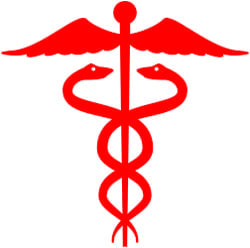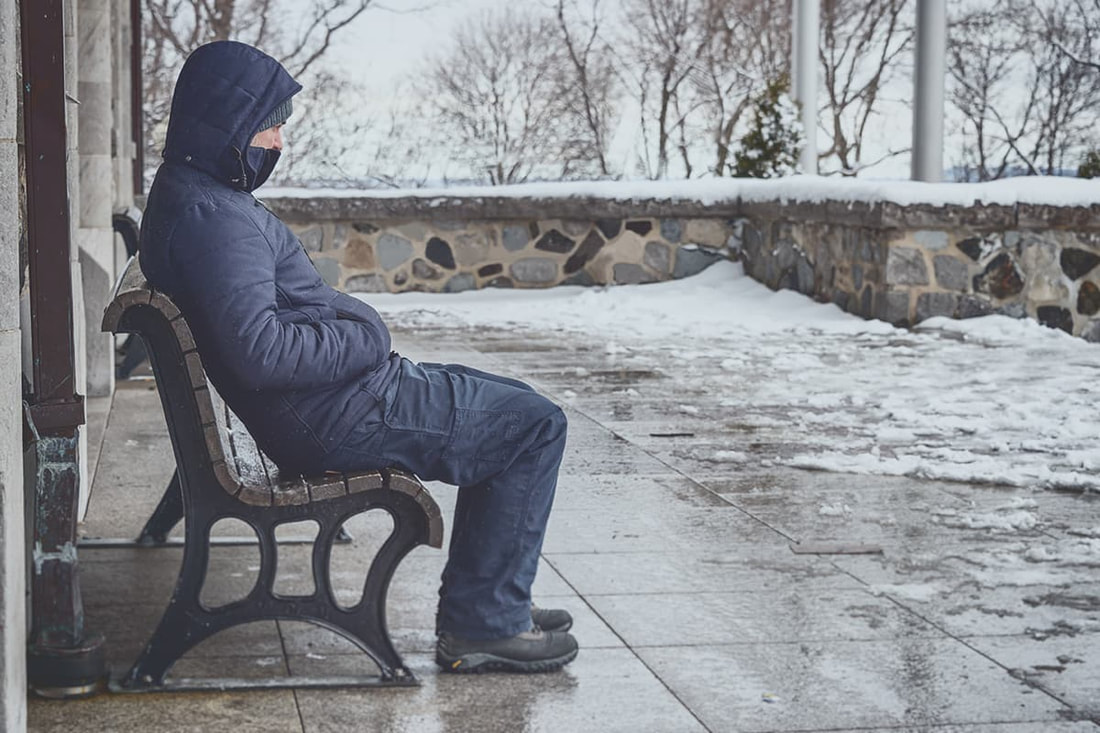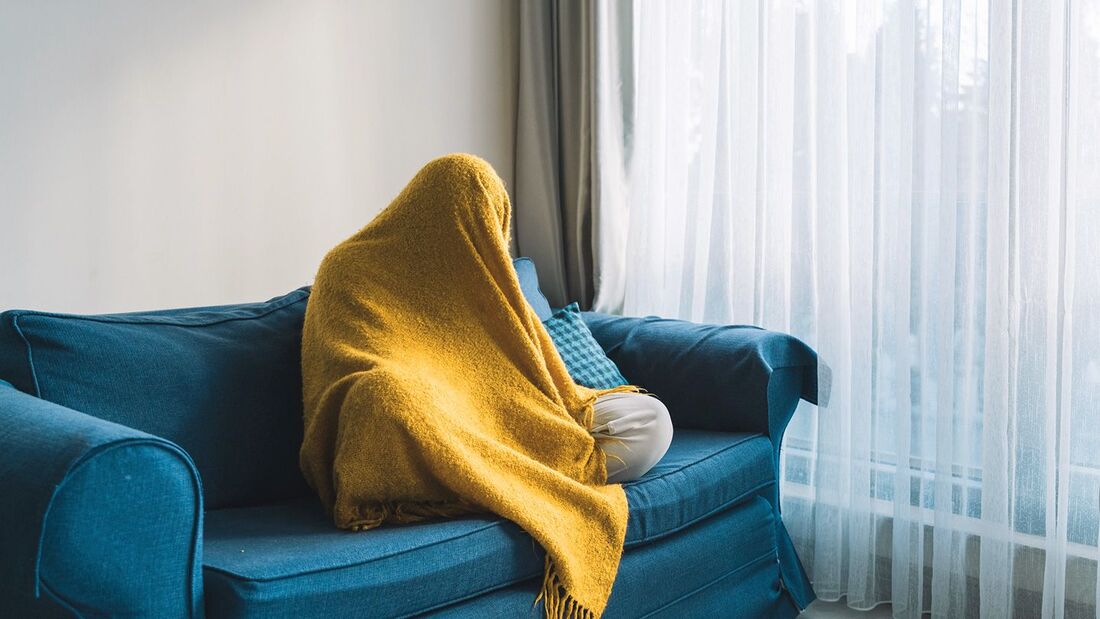Seasonal Depression
Seasonal depression also known as seasonal affective disorder(SAD), is a mood disorder that happens every year about the same time every year. It usually starts in fall or winter and ends in spring or early summer. These mood changes may affect how you feel, think, and act.
SAD may affect 11 million people in the U.S each year, and 25 million more may have a milder form called winter blues.
A rare form of seasonal depression known as "summer depression," begins in late spring , or early summer and ends in fall.
While we don't know the exact causes of SAD, some scientist think that certain hormones made deep in your brain trigger attitude-related changes at certain times of the year.
SAD may affect 11 million people in the U.S each year, and 25 million more may have a milder form called winter blues.
A rare form of seasonal depression known as "summer depression," begins in late spring , or early summer and ends in fall.
While we don't know the exact causes of SAD, some scientist think that certain hormones made deep in your brain trigger attitude-related changes at certain times of the year.
One theory is that less sunshine during fall or winter leads your brain to make less serotonin, a chemical linked to brain pathways that help control mood.
When these nerve cell pathways don't work the way they should, it can result in feelings of depression, along with fatigue and weight gain.
SAD usually starts in young adulthood and is more common (and those identified as female at birth). Some people with SAD have mild symptoms, feeling out of sorts or cranky. Others have symptoms serious enough to interfere with relationships and work.
When these nerve cell pathways don't work the way they should, it can result in feelings of depression, along with fatigue and weight gain.
SAD usually starts in young adulthood and is more common (and those identified as female at birth). Some people with SAD have mild symptoms, feeling out of sorts or cranky. Others have symptoms serious enough to interfere with relationships and work.
It is not clear what causes SAD that starts in the spring or summer. Some believe it is linked to higher levels of light that may disrupt sleep patterns. It also may be linked to increased social pressure, as more events are scheduled during the warm weather.
People with SAD sleep much more than usual and crave carbohydrates. They also have the normal warning signs of depression, including:
* Feeling das or down most of the time
* Less energy
*Trouble concentrating
Fatigue
*Increased appetite
* More desire to be alone
* Thoughts of suicide
* Loss of interest in things you used to enjoy
* Feeling of guilt and worthlessness
The main feature about SAD is that your mood and behavior shift along with the calendar
* Feeling das or down most of the time
* Less energy
*Trouble concentrating
Fatigue
*Increased appetite
* More desire to be alone
* Thoughts of suicide
* Loss of interest in things you used to enjoy
* Feeling of guilt and worthlessness
The main feature about SAD is that your mood and behavior shift along with the calendar
Treatments differ depending on how serious your seasonal affective disorder symptoms are. The type of treatment also depends on whether you have another type of depression or bipolar disorder.
Traditional antidepressant are often used to treat SAD. Bupropion XL is FDA approved specifically to prevent major depression episodes in people with SAD. But your doctor may suggest other medications.
Credit: WebMD
Traditional antidepressant are often used to treat SAD. Bupropion XL is FDA approved specifically to prevent major depression episodes in people with SAD. But your doctor may suggest other medications.
Credit: WebMD





